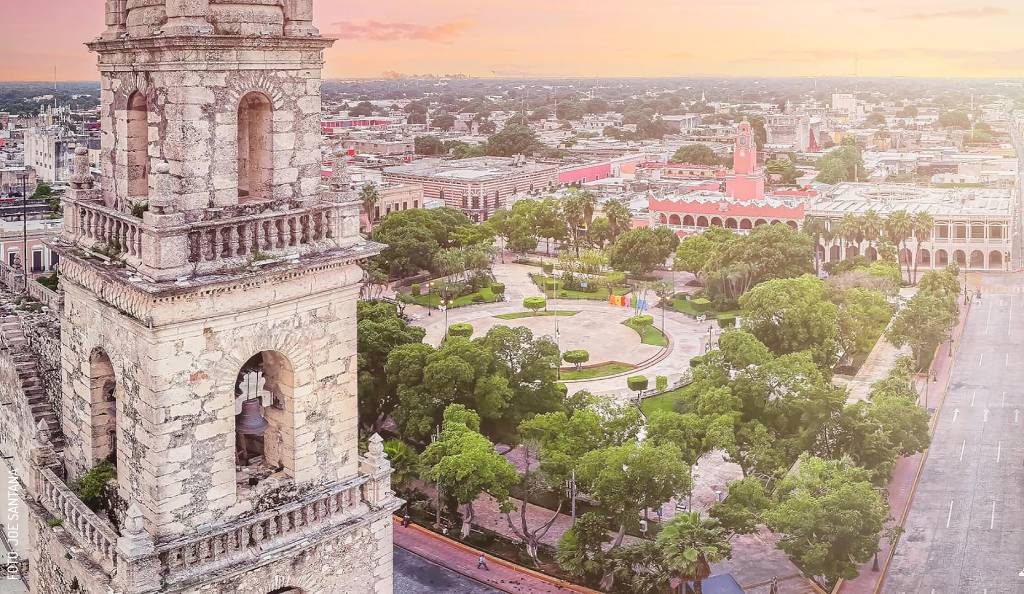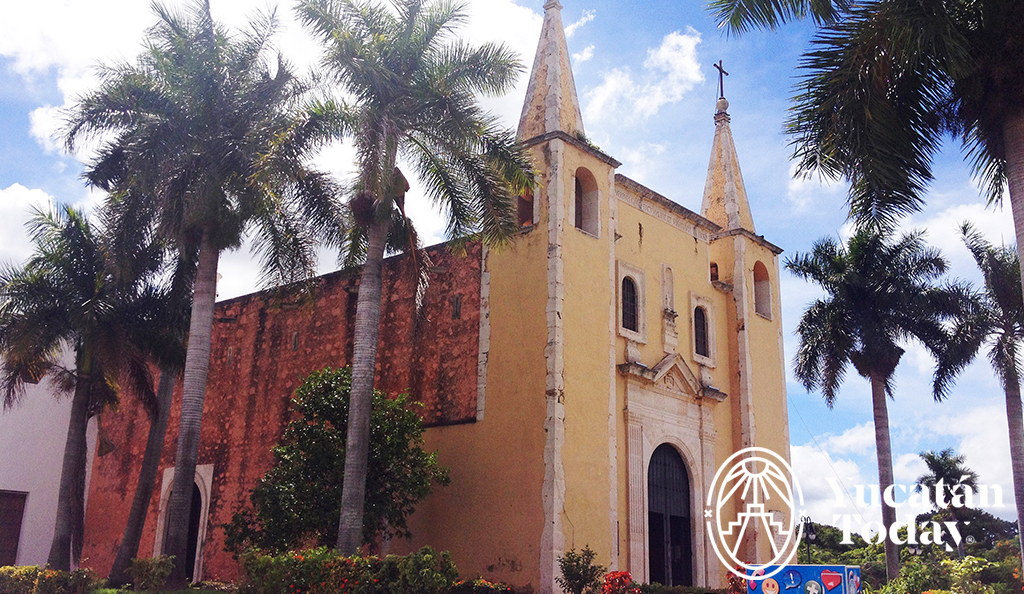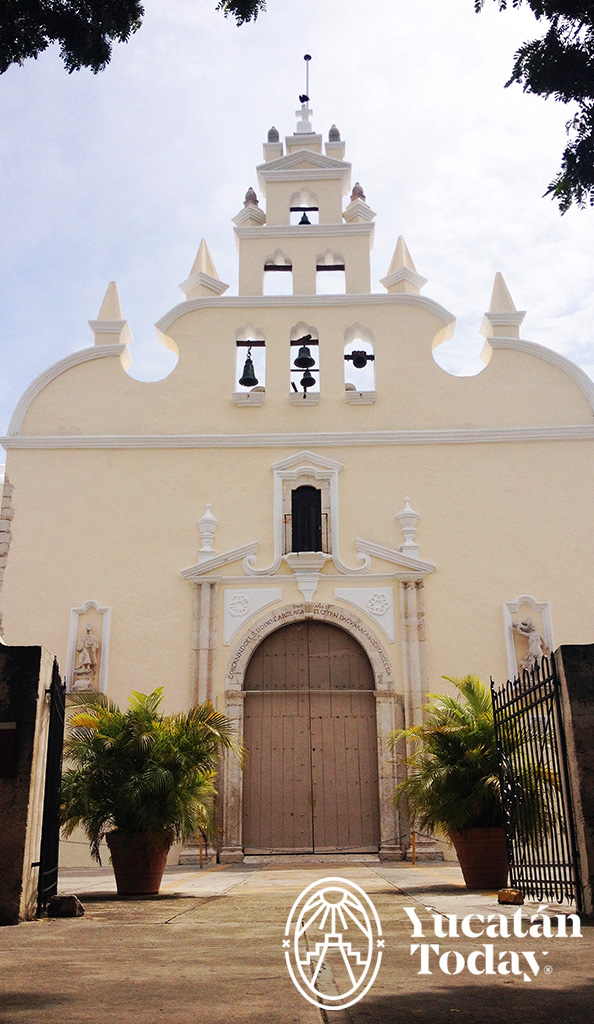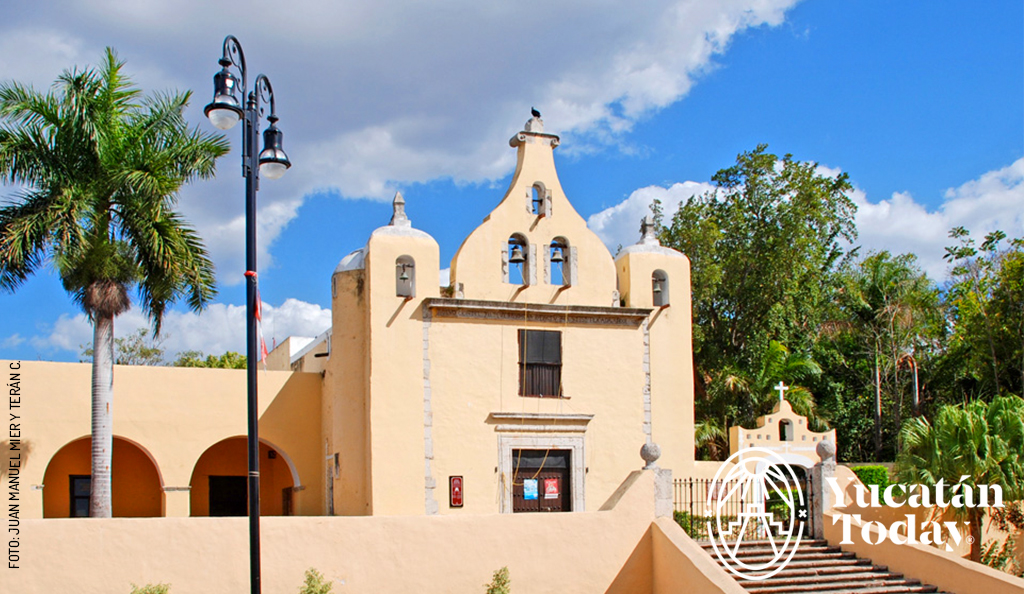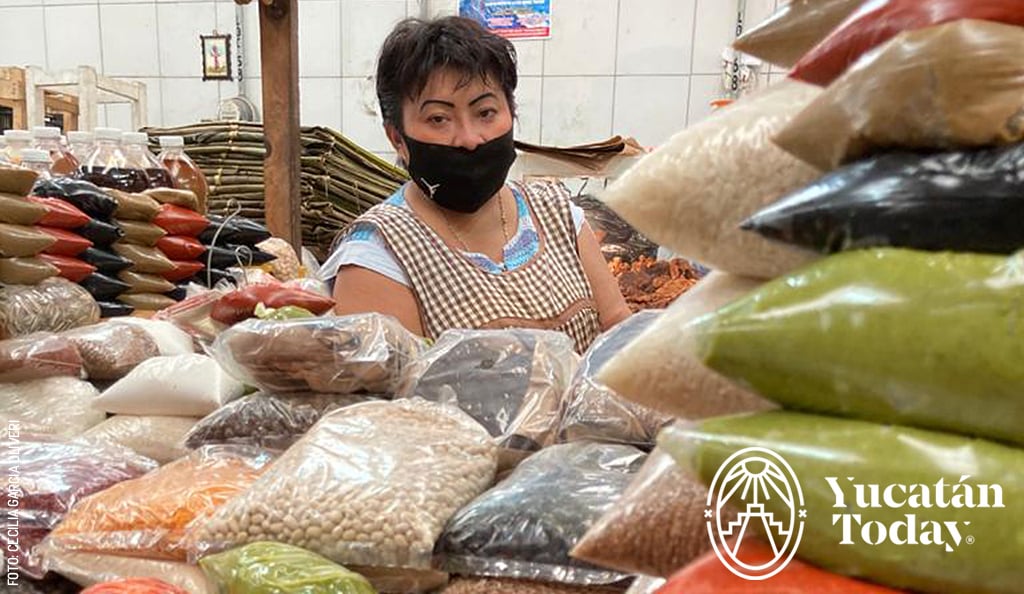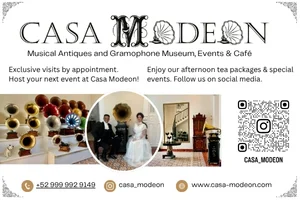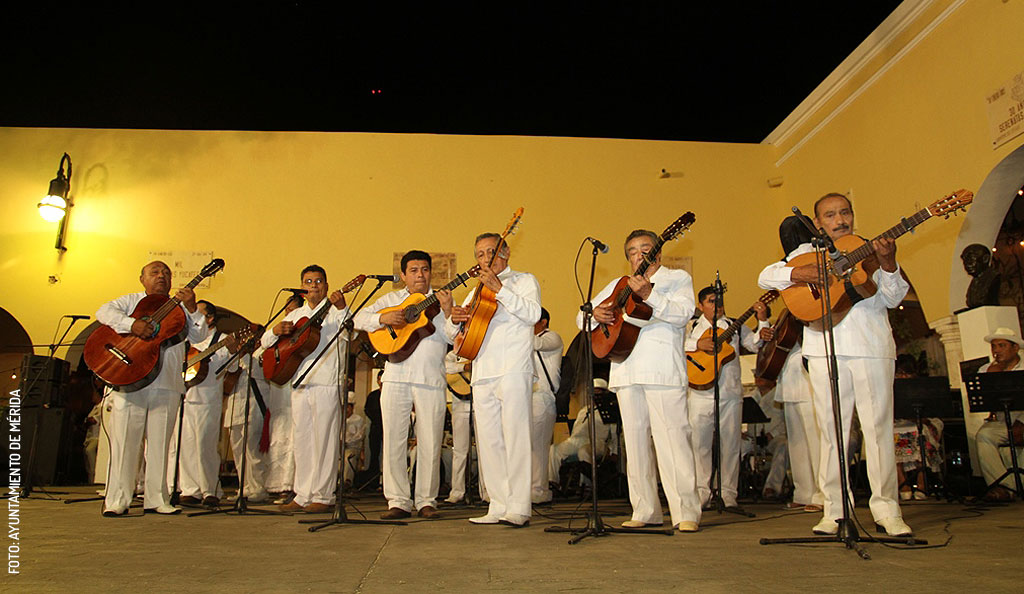
The Barrios in Mérida’s Centro
The area we currently know as “Centro”, the city’s historical center, covers about 10 square kilometers (roughly four square miles); however, for a long time, that was the extension of the entire city. The center back then was, basically, the Plaza Grande, or main square, and everything around it, the city’s Barrios or neighborhoods, distributed around a smaller church, each with their corresponding park.
So now we consider the Centro to be divided into eight Barrios, very different in name and concept to the Colonias (also neighborhoods) that make up the city today, and which continue to grow to this day. Be it their impressive architecture, their historical monuments, their lively everyday bustle, their varied food offerings, or cultural richness, there are plenty of reasons to love the Barrios that keep tradition alive in our city. Three of the Barrios (La Ermita, San Sebastián, and Xcalachén) have now become Yucatán's first Barrio Mágico—a federal government program that lists unique neighborhoods in different cities.
Santa Lucía
Calle 60 x 55
Today, Santa Lucía has become one of the Centro Histórico’s favorite areas, but it also has a past that’s full of history because it’s one of the city’s oldest neighborhoods. Amongst Santa Lucía’s main attractions are the church and the park (both located on Calle 60 x 55). This area’s beginnings go way back to 1565, just a few years after the founding of the city of Mérida.
Santa Ana
Calle 60 x 45 y 47
Just a block away from Remate de Paseo de Montejo, this quiet Barrio includes the square next to the church where you’ll usually find artistic performances and artisanal fairs. Its church dates back to 1729, and you can visit it by day, or beautifully lit by night. To its side, you’ll find the Santa Ana market, a great place for local snacks and food all day long.
Not to miss:
- Bars and restaurants for all tastes.
- Regional clothes and handcraft shops
- Art galleries
Santiago
Calle 59 x 72 y 70
This is a Barrio with personality to boot. There, you can enjoy music, food, and a very joyful atmosphere. Don’t forget to visit the church and market, where you can try Marquesitas, frozen treats, and regional food by morning, night, and afternoon.
Not to miss:
- The busy market life in the morning, featuring plenty of meat, fruits, and vegetables, in addition to great places for a local breakfast.
- At night, Panuchos, ice cream, and Marquesitas.
- Every Tuesday starting at 8:30 pm, you can dance (or watch the dancers) to the live bands performing for the Remembranzas Musicales program.
Mejorada
Calle 50 x 59
Here you can visit the church of Our Lady of Mount Carmel (Nuestra Señora del Carmen), as well as a former 17th-century convent that now houses the state university’s School of Architecture; right across the street, you’ll find the park and a monument to Los Niños Héroes de Chapultepec, young cadets who died defending Mexico City during the Mexican–American War.
Not to miss:
- The Yucatecan Song Museum (Museo de la Canción Yucateca).
- The former train station, currently the Higher School of Arts (UNAY).
San Sebastián
Calle 70 x 75
One of the oldest, most traditional Barrios in Mérida, it is still essentially a residential area. It features a very diverse market, and a church devoted to Our Lady of the Assumption (La Virgen de la Asunción), one of the most beautiful in the city. Every year, in August, there are pilgrimages and regional parades in honor of the Patron Saint. Homes in the neighborhood will fill your eyes with contrasting colors. Plus, it offers amazing gastronomic value, as it is the birthplace of Panuchos and home of the Festival del Pib, a Yucatecan delicacy made for Janal Pixan (our Día de Muertos).
Not to miss:
- Panuchos by the park
- The softball field
La Ermita
Calle 66 x 79
In Spanish, an Ermita (hermitage) refers to a somewhat remote religious temple, where there aren’t regular services as it is usually on the outskirts of a community. This one is devoted to Saint Elizabeth (Santa Isabel), the mother of St. John the Baptist, and it is the heart of what may be the most singular Barrio of them all. The square across the church features a lovely gazebo, and a garden with benches and recreational spaces, surrounded by colonial-style homes. The stone-lined streets and their peculiar layout, basically in diagonal in a city defined by its squares, evoke the history of the Ermita as being beyond the city limits, the last stop for travelers taking the Camino Real (royal road) to Campeche.
Not to miss:
- The garden by the church
- Marquesitas at the park
San Juan
The church this Barrio sits around was built around 1770; the square across from it was established as such a century later, in 1883. It was from then on that the beautification of the area began, for example, with the “La Negrita” fountain we can see to this day, which was brought from Paris in the early 20th century. This Barrio is where you’ll find most of the public transportation vans going from Mérida to most towns in the state.
Not to miss:
- The monument to Benito Juárez, built in 1909.
- The “La Negrita” fountain.
San Cristobal
Thousands of people come punctually every year on December 12, to the Diocesan Sanctuary of the Virgin of Guadalupe in the San Cristobal neighborhood in Mérida. You will see constant pilgrimages and the arrival of Antorchistas. In historical terms, this church was built in the 18th century, including the shell on its façade, unique in Mérida.
Not to miss:
- The Lucas de Galvez and San Benito markets.
- The enigmatic world of Recados waiting for you.
- The refreshing drinks ¿Have you tried our Root Beer and Crema Morisca flavor?
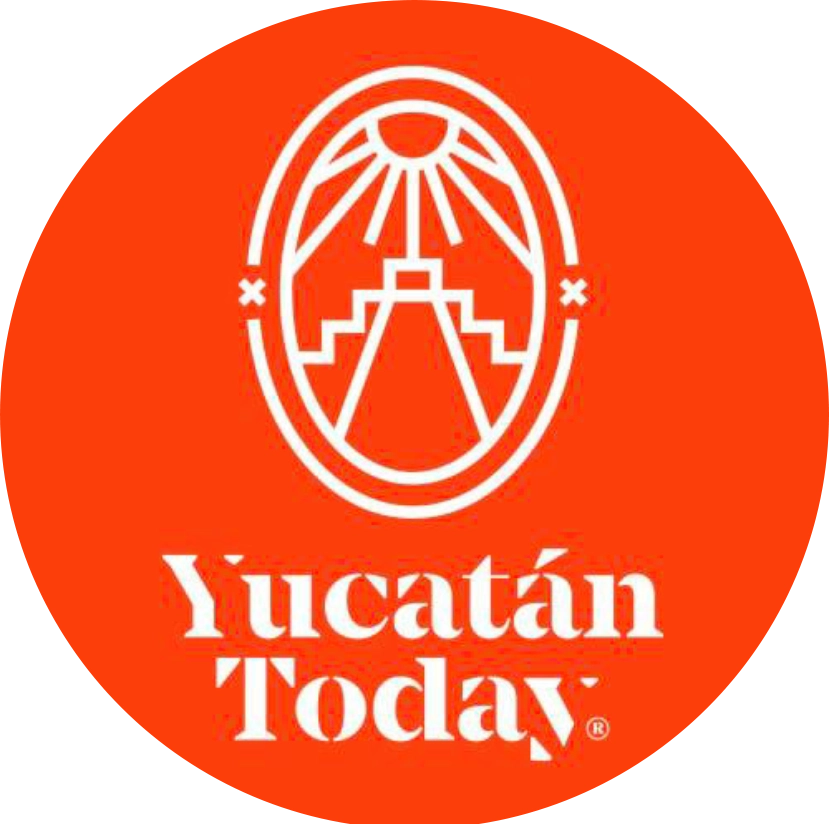
Author: Yucatán Today
Yucatán Today, the traveler's companion, has been covering Yucatán’s destinations, culture, gastronomy, and things to do for 37 years. Available in English and Spanish, it’s been featured in countless travel guides due to the quality of its content.
Receive the latest articles and much more from the best of Yucatán in your email!
Related articles

Mérida's Carnaval 2025
It's time for the Mérida's Carnaval 2025, in this new edition you will get to discover all the events, activities and concerts waiting for you!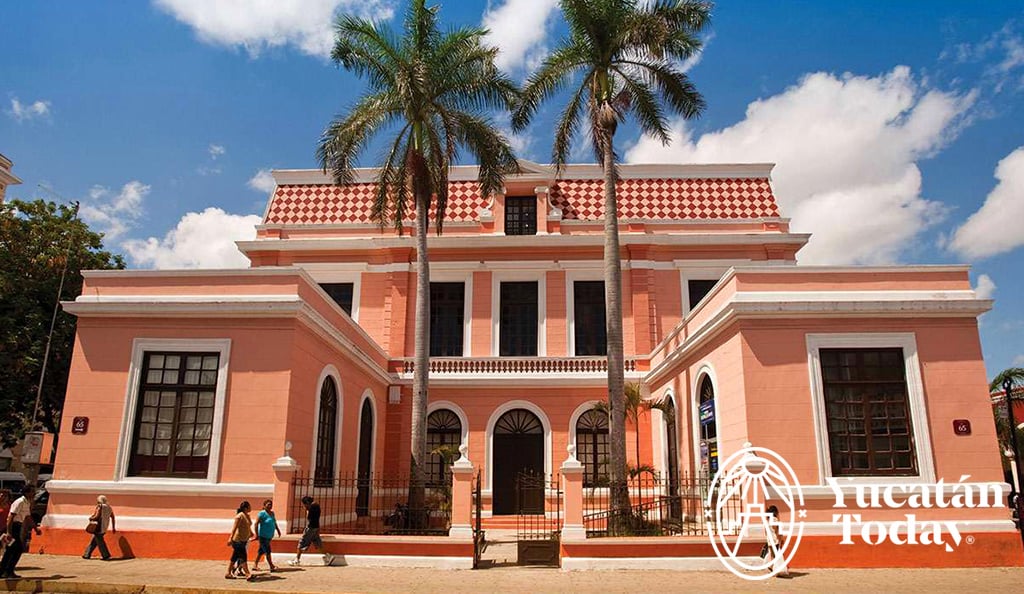
City of Mérida Museum (Museo de la Ciudad de Mérida)
The cultural heritage that is housed in the beautiful and majestic Ex-Federal Post Office palace shows the historical development of the city of...